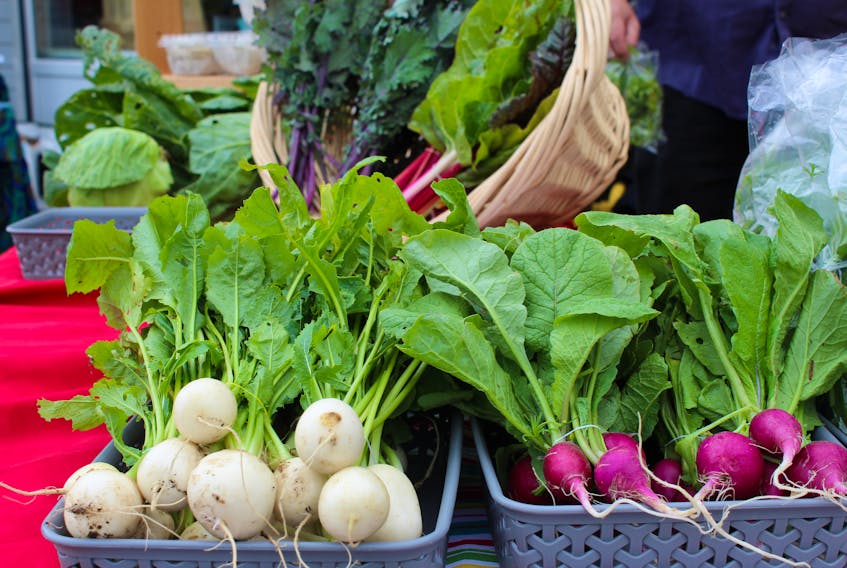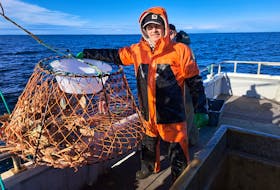St. John’s has a food insecurity problem. Changing it means changing the system.
One in six households in St. John’s is struggling to put food on the table, making it the worst large city in Canada for food insecurity.
That is the sobering statistic from a recent University of Toronto study that has been getting a lot of attention recently, including a deep dive from the Telegram’s David Maher on Oct. 17. These are tough numbers to see, and even tougher when we realize that they are pre-pandemic figures that are almost certainly going to soar. What do they mean, and what do we do about it?
Let’s dive into the meaning first. “Food insecurity” captures a range of circumstances, from “marginal” food insecurity (worrying about access to food) through “moderate” (compromising on quality and quantity of food) right up to “severe” (disrupted eating patterns and reduced food intake). The key thing here is that people facing food insecurity aren’t rooted in one of these categories — one week’s worry can become the next week’s missed meals or the next year’s disrupted lives.
One in six households in St. John’s is struggling to put food on the table, making it the worst large city in Canada for food insecurity.
Nationally, single-parent families are far more likely to face food insecurity, as are folks living on social assistance. There is also a racial divide in the data — Black and Indigenous people face rates of food insecurity more than double the national average. Centuries of discrimination are still making themselves felt around dinner tables in this country, and St. John’s is no exception.
It’s hard to know exactly what combination of factors lands St. John’s on top of this unfortunate ranking, but we have some good candidates. Food insecurity is overwhelmingly an income issue, and incomes in this city have taken some hits since the peak of the oil boom. We also have the fourth-lowest minimum wage in the country, and we know it’s quite possible to be both employed full-time and food insecure. Indeed, more than half of food-insecure households in the province rely on employment income. Finally, social assistance rates are low enough that 65 per cent of Newfoundland and Labrador households on social assistance are food insecure.
Food insecurity is about poverty.
What do we do about it? The first thing to know is that charity is not going to solve the problem. That’s not to devalue this work — charity, community food programs and grassroots mutual aid play an absolutely vital role at the ground level in mitigating food insecurity crises. In this year of snowstorm and pandemic, many of us are much more aware of just how big a role these services play in the lives of our friends and our neighbours. That’s good, but it also reminds us that charity volunteers and employees are forced to run flat-out just to stay still in a system that sets big-picture change aside.
The responsibility for changing the system falls on all of us. Let’s imagine a less food insecure St. John’s; it might be a city with a minimum wage that people could live on; a city where social assistance rates get you above the poverty line, maybe even closer to the $2,000 a month we seem to have agreed on as a baseline during these pandemic days. It might also be a city where everyone who wanted to had access to somewhere to grow and raise a bit of food on their own.
There are reasons to be hopeful here. As cities go, we have a decent policy framework for local food production, a food policy council and a large-scale “food assessment” process getting going to identify local food solutions. As well, food security came up often during the recent St. John’s byelection.
At the provincial level, a renewed strategy to reduce poverty is the top item in Children, Seniors and Social Development Minister Brian Warr’s mandate letter. Federally, there is a lot of conversation about what a “just recovery” from COVID-19 might look like.
Nobody voted for one in six households in this city to be food insecure, but here we are. Whether as voters, civil servants, politicians or businesspeople, many of us have made choices that have created the system that got us here. We can choose better.
Joshua Smee, CEO
Food First NL









